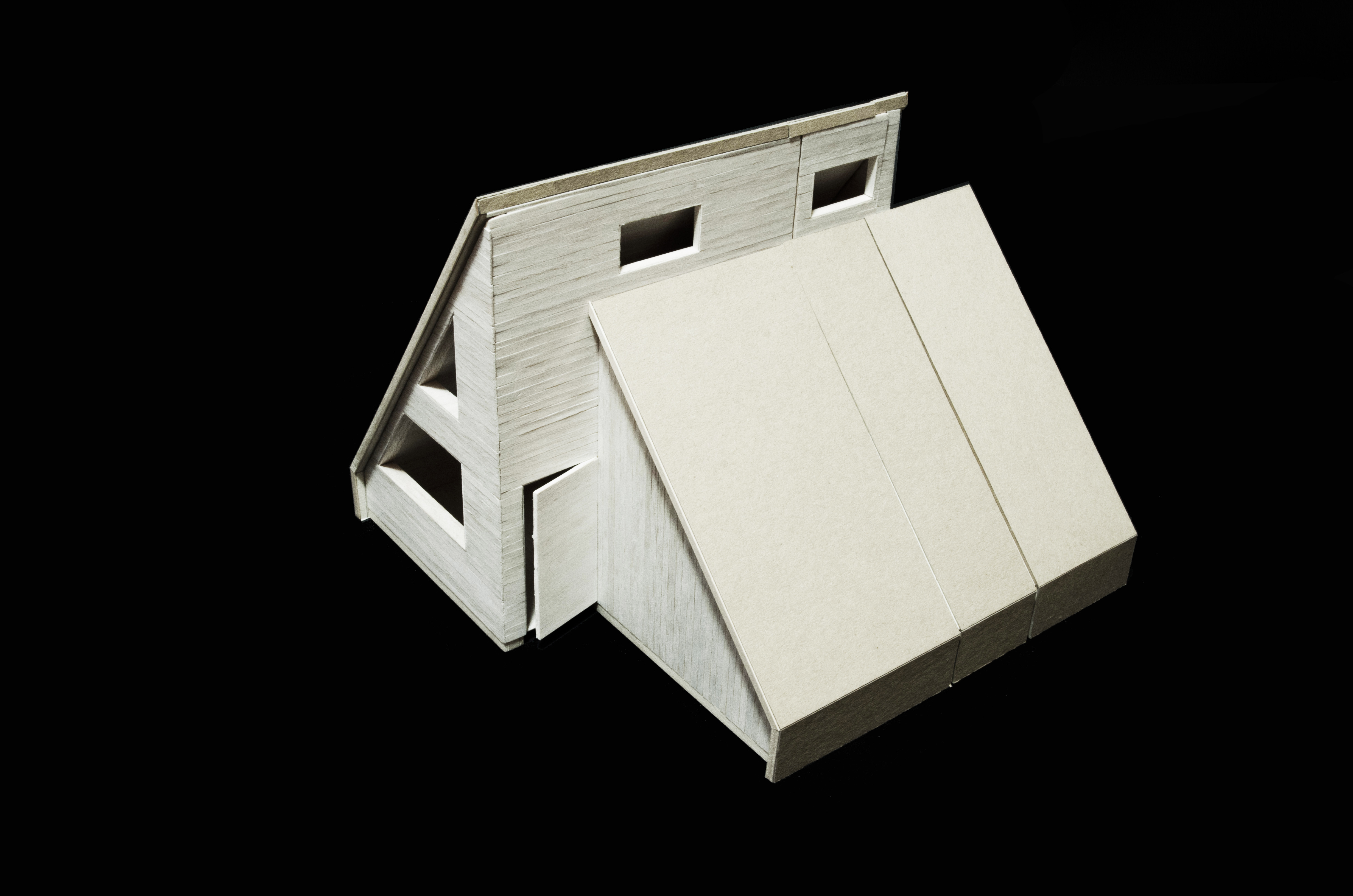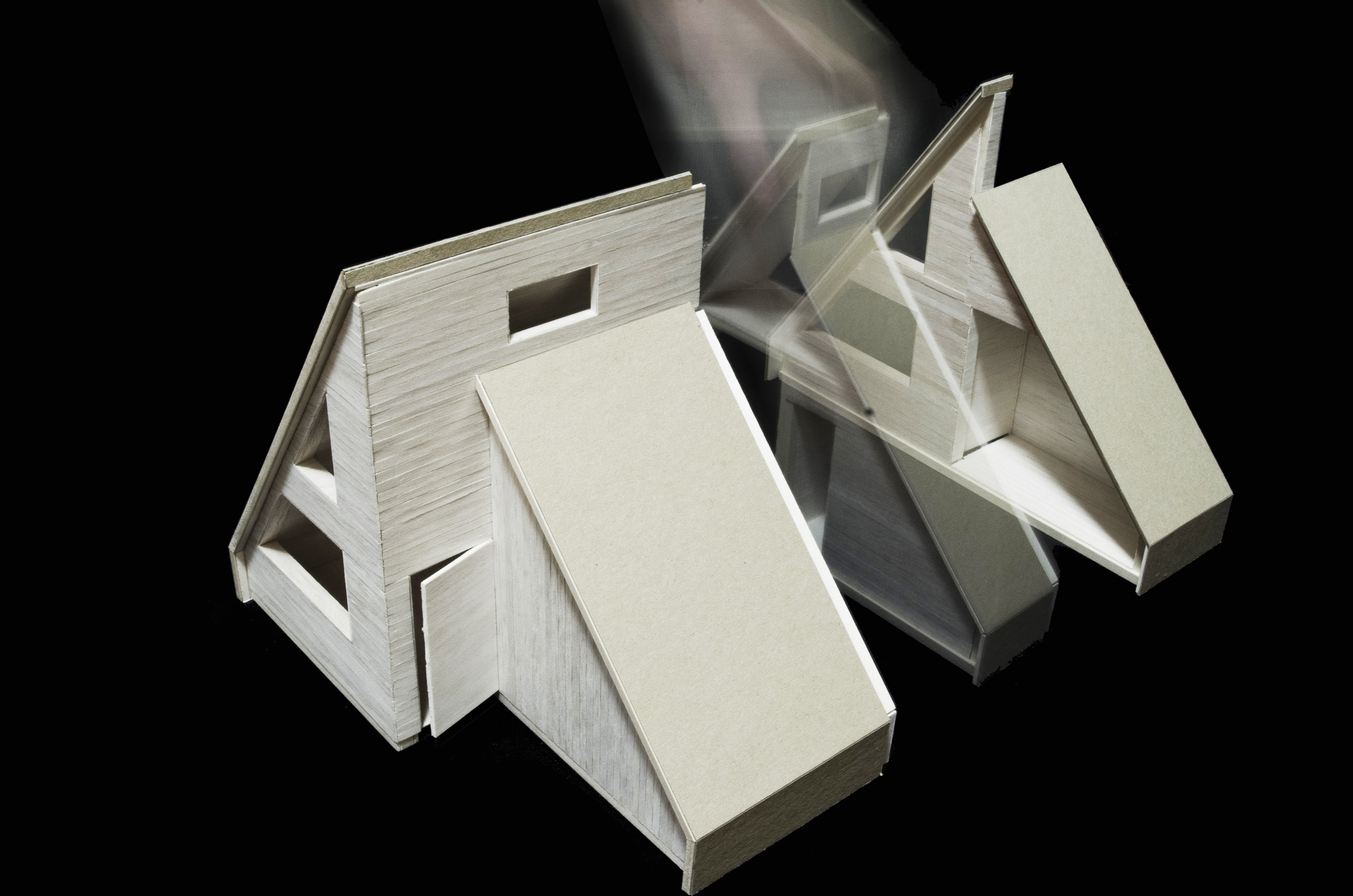Randonnée Bed & Bike on the Fens
Bachelor’s Thesis
High Fens 2017







· · ·
location:
chair:
mentors:
year:
chair:
mentors:
year:
High Fens, Belgium
Chair for Housing and Foundations of Design
RWTH Aachen
Univ.-Prof. Wim van den Bergh
Mark Proosten
Katrin Recker
2017
Chair for Housing and Foundations of Design
RWTH Aachen
Univ.-Prof. Wim van den Bergh
Mark Proosten
Katrin Recker
2017
The
project aims to introduce a harmonious co-existence of nature and human
activity. The cycling culture, born and supported by the numerous driving routs
nearby, had to find its place in the surrounding in the most sensible manner.
The design had to establish balance between both a human-made element in from nature
dominated site as well as a peaceful shelter for a cyclist.
It was important to carefully analyse the characteristics of the site in terms of housing culture and construction methods, history and landscape. The chosen location is situated in the protected area of the Walloon Fens. They are part of the high moorland area in Belgium. The horizon is mainly characterised by the purple moor grass that prevails there. The spruce forest that stretches around the moor forms the natural boundaries of the Fens and limits the view in a south-easterly and south-westerly direction. This creates a funnel-shaped expansion of the landscape. The exact positioning of the huts is influenced by the importance of remaining not too far away from the road running along it and also to get an undisturbed view into the Fens. The typology of the Fen hut, which was only used during the period of peat cutting, serves as a reference for the design. The steep peat roofs shape the cottage as part of the landscape.
It was important to carefully analyse the characteristics of the site in terms of housing culture and construction methods, history and landscape. The chosen location is situated in the protected area of the Walloon Fens. They are part of the high moorland area in Belgium. The horizon is mainly characterised by the purple moor grass that prevails there. The spruce forest that stretches around the moor forms the natural boundaries of the Fens and limits the view in a south-easterly and south-westerly direction. This creates a funnel-shaped expansion of the landscape. The exact positioning of the huts is influenced by the importance of remaining not too far away from the road running along it and also to get an undisturbed view into the Fens. The typology of the Fen hut, which was only used during the period of peat cutting, serves as a reference for the design. The steep peat roofs shape the cottage as part of the landscape.
















· · ·
Gallery











